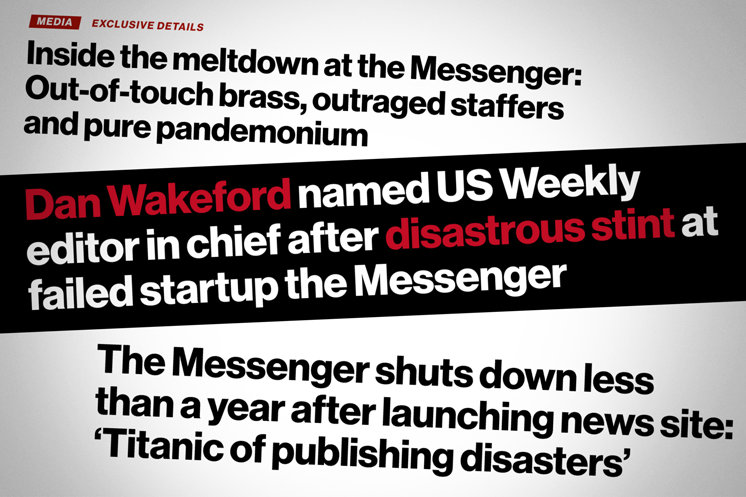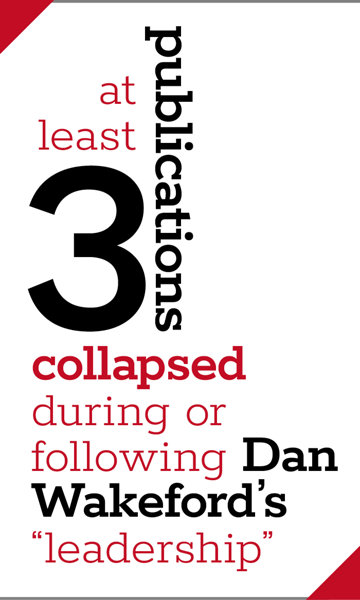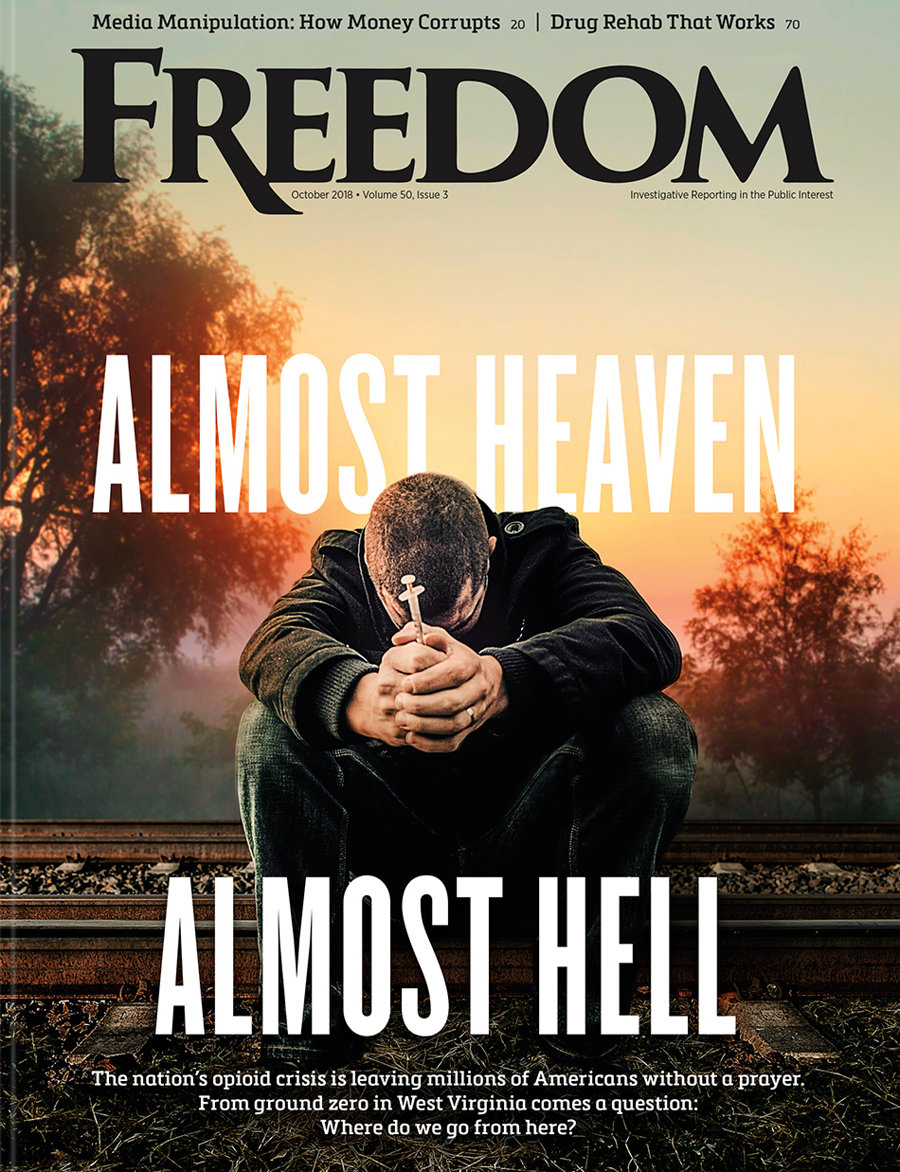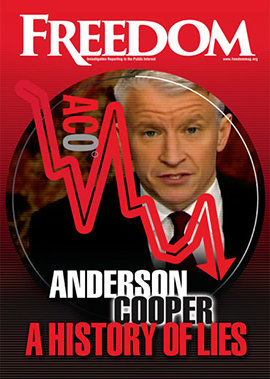arlier this summer, death came for the twin tabloids Life & Style and In Touch Weekly, aged 21 and 23 respectively.
Official cause: “unable to develop a profitable business model.”
Or, in plainer English: congestive journalism failure—compounded by massive hemorrhaging of ethics, facts and responsibility.
No need to hunt for clues. The crime scene has Dan Wakeford’s fingerprints all over it. And it’s not the first time they’ve been found near dead publications.
One media expert dubbed Wakeford’s catastrophe “the Titanic of publishing disasters.”
When Wakeford became executive editor of In Touch (2004), then editor-in-chief of Life & Style (2007), he used their pages to spew bigotry, lies and outright libel—until the magazines flatlined financially and incinerated any scintilla of credibility they may have once had.
From there, he moved on to The Messenger, an online rag you probably never heard of because, under Wakeford’s baton, it tanked after barely eight months—to the tune of a $43 million net loss. One media expert dubbed Wakeford’s catastrophe “the Titanic of publishing disasters.”

And today, Wakeford and Deputy Captain Nick Hautman, steadfastly steer Us Weekly into the same iceberg of failure.
The rudder on these doomed ships is “checkbook journalism,” shorthand for: “I give you money and you give me false, sensational gossip about celebrity relationships, scandals and pregnancies.”
It’s a business model that gets very old very fast. The public, whose trust in media is already at an all-time low, shuns it in droves, while the targeted celebrities—Blake Shelton, David Beckham, Judge Judy and Richard Simmons, to name a few—line up to sue In Touch and its parent company.
In short, Dan Wakeford is living proof that hate and sleaze don’t pay. They cost.
But that hasn’t stopped him. By his own admission, Wakeford continues his work as a “brand builder”—a fixer who repairs tarnished reputations for profit, the more tarnished the better.
Marc Headley, one of Wakeford’s clients, is a violent abuser of women whose rap sheet includes embezzlement and membership in the cyberterrorist hate collective Anonymous. A frothing anti-Scientologist, Headley had at one time worked for the Church of Scientology before stealing $15,490 from it. He later filed a vexatious anti-Scientology lawsuit—so transparently harassing and riddled with falsehoods that it was thrown out of court, with Headley and his wife ordered to pay the Church $42,000 in legal costs.
Wakeford’s tabloids, meanwhile, paid Headley handsomely to concoct anti-Scientology stories for publication, a fact Headley later confirmed under oath.
“Let’s amp this up and get some ex-Scientologists to speculate more.” —Dan Wakeford
Leah Remini, the self-described “crappy, has-been actress who’s trying to make a dollar off my church” is another Wakeford client. Her full-throated support of notorious sex predators Les Moonves and Paul Haggis made her a pariah in Hollywood—even as Wakeford supported her, promoted her and published her rants. Of course, he never acknowledged while doing so that he was paid to co-executive produce a quiz show Remini hosted on the Game Show Network, despite no decent person in town being willing to walk on the same side of the street as her.
Wherever Remini fomented anti-religious hate, reveling in what she refers to as “my nonsense and bulls—t,” Wakeford has been right by her side, holding up a dirty megaphone to her toxic lips.

But Wakeford had already cultivated a lengthy CV as a bottom feeder feeding bottom feeders before he ever crossed paths with Remini. Between 2005 and 2013, Wakeford’s In Touch and Life & Style ran some 30 anti-Scientology propaganda pieces. A 2012 email exchange captures his malicious glee: “The mysterious backdrop of Scientology is so crazy.… Let’s amp this up and get some ex-Scientologists to speculate more,” he wrote. In short, let’s get them to tell more tall tales we can publish for cash, with no accountability.
But Wakeford’s way of “amping things up” has a way of blowing things up instead.
As history shows, everywhere Dan goes, disaster follows: Readers hold their noses, celebrities sue, profits vanish, staff are laid off and “responsible journalism” becomes an oxymoron.
The Wakeford-led deaths of In Touch and Life & Style were mourned by no one but their fellow rags. One tabloid veteran compared their collapse to the 1929 stock market crash: “Just another Black Friday in the tabloid business,” he sighed.
But as a serial killer of truth, justice and journalism, Wakeford can’t wait to sink his teeth into his next victim.
In this case, Us Weekly.





















